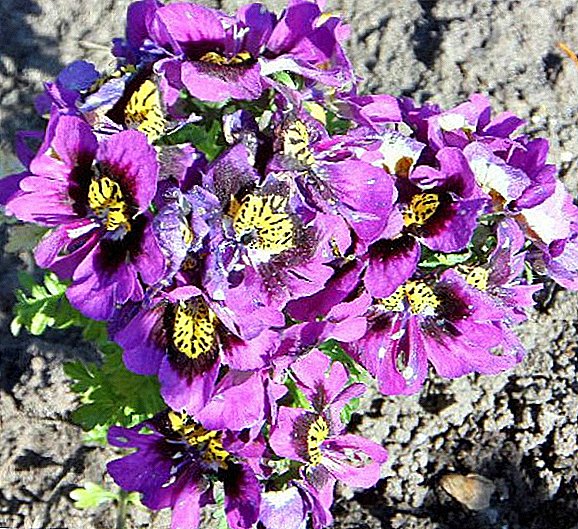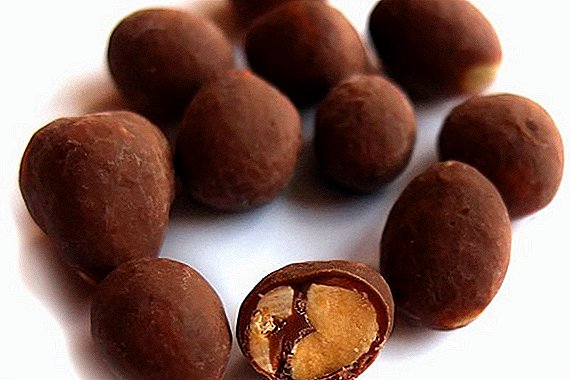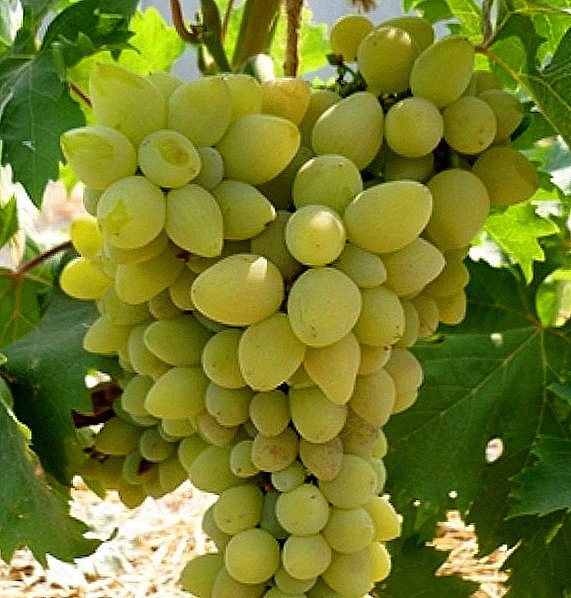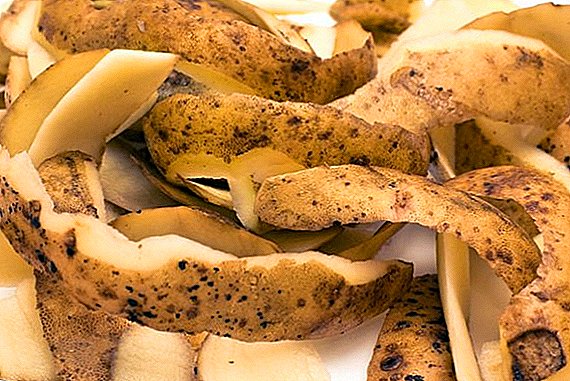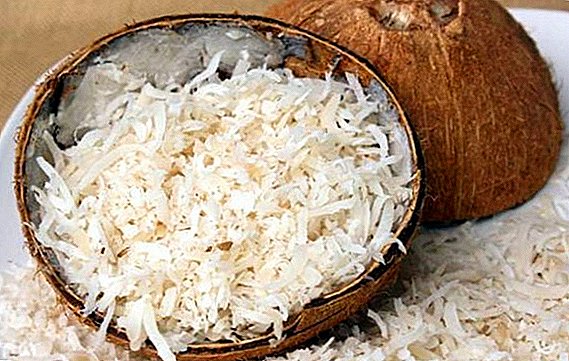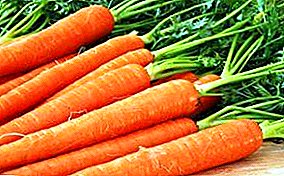
In the kitchen, a carrot is a necessary vegetable. Virtually no hot dish is complete without it, and lately there has been a mass of salads, in which carrot fermented in a special way occupies the dominant place.
The current market relations have allowed to see this root crop in the windows of supermarkets every day, and it would seem, what is simpler - I bought a couple of root vegetables and put them in the refrigerator. You should not spend your precious time also on its cultivation.
However, with the arrival of spring heat, the quality of store carrots is significantly reduced. It loses its taste, and the price rises. By the beginning of summer, these factors are even more aggravated, and how can one not remember the young, fragrant, crispy carrot of the new crop ...
People who have a vegetable garden or a summer cottage must provide for a small bed under a carrot. It would seem, which is much simpler, sow the seeds in the ground and wait for the harvest. However, in the cultivation of carrots there are some nuances that must be taken into account.
Preparatory work for planting carrots
 The bed for carrots should be chosen in the place where there are fewer weeds. The fact is that weeds always germinate earlier and do not allow carrot seedlings to develop normally. The soil under this root crop should be light and loose. To do this, add sand to it. If the soil is heavy and hard, then the grown carrot will turn out to be shallow, gnarled and bent.
The bed for carrots should be chosen in the place where there are fewer weeds. The fact is that weeds always germinate earlier and do not allow carrot seedlings to develop normally. The soil under this root crop should be light and loose. To do this, add sand to it. If the soil is heavy and hard, then the grown carrot will turn out to be shallow, gnarled and bent.
The bed for this vegetable should be dug up in the fall. Fresh organic matter in the ground is desirable not to make. It increases the acidity of the soil, and the carrot does not like it and reduces the yield. Here mineral fertilizers are more suitable: superphosphate, ammonium nitrate and potassium chloride. Fertilizer consumption is low, and consumption rates are indicated on each package.
Carrots prefer settled land, therefore, with the arrival of spring, it is not worth re-digging the bed. Better a couple of weeks before planting again feed the site with mineral fertilizers.
The technology of growing potatoes - is useful to every summer resident.
Find out here how to make landing zucchini.
How to grow cucumbers in a greenhouse here //rusfermer.net/ogorod/plodovye-ovoshhi/vyrashhivanie-v-teplitsah/osobennosti-protsessa-vyrashhivaniya-ogurtsov-v-teplitse.html.
Selection and preparation of carrot seeds for planting
Deciding to plant carrots in the garden, you should understand its varieties. Now their great variety and inexperienced gardener in this diversity is difficult to understand.
By and large, carrots are divided into three varieties: early, medium and late.
Early vegetable harvest can be obtained in June, mid-season varieties are harvested all summer, and later ones are well kept in winter. Only having decided on the maturity of carrots, you can pay attention to the shape and color of the root crops, which are also present in great variety.
Sowing time also depends on the variety. Early ripening varieties can be planted even in early spring to get a harvest as quickly as possible. Some particularly advanced gardeners practice planting early varieties even in the fall. Mid-season carrots are planted in May. Late species, intended for storage in winter, are planted until mid-June.
Over the years, seeds are soaked in clean and warm water for 2 hours. After that, they should be spread out on a damp cloth, covered with the same. Seeds are kept at a comfortable temperature until deep swelling.
 Rags from time to time should be wetted, which will prevent drying of the seeds. After the seed swells and even begins to peck, it should be hardened. Seeds are placed in a refrigerator under the freezer and kept there for up to 10 days. The temperature during quenching should be within 2-3 degrees of heat.
Rags from time to time should be wetted, which will prevent drying of the seeds. After the seed swells and even begins to peck, it should be hardened. Seeds are placed in a refrigerator under the freezer and kept there for up to 10 days. The temperature during quenching should be within 2-3 degrees of heat.
Before sowing, the seeds are dried and mixed with dry sand. This popular method perfectly helps to save carrot seeds, because they are extremely small, they are hard to see and when they are planted a very large overrun is obtained.
Sand reduces the number of seeds in the total amount of planting material, so they are scattered more evenly and more economically. In principle, if you need to plant one or two rows of carrots, you can replace the sand with semolina. The effect will be the same. The ratio of seeds to sand should be 1/5.
Growing tomatoes in the greenhouse will help you to harvest early harvest.
What are the most common pests of eggplant seedlings read here //rusfermer.net/ogorod/plodovye-ovoshhi/vyrashhivanie-v-otkrytom-grunte/metody-borby-s-vreditelyami-rassadi-baklajan.html.
Planting carrots
After preparing the seeds, you can proceed to their sowing. For this purpose, grooves are made in the bed at a distance of 30 cm from each other using a chopper or its elementary extrusion with a handle. This is necessary to simplify the processing of sprouted carrots and in order for it to grow more freely.
Ready places are poured with water, after which seeds are sown. Their consumption when planting should be 4-5 grams per area of 10 square meters. Sown seeds are covered with a loose soil layer of about 2 cm and slightly pressed on top. This is necessary in order for them to have full contact with the ground.
After the shoots appear, between the rows should be loosened a little and mulch humus. In the future, the depth of cultivation between rows can be increased to 7-10 cm.
 The first time crops are thinned after the first full leaf appears on the plant. The next thinning will be after the appearance of 4-5 leaves. As a result, the distance between the shoots should be 4-5 cm, which will allow the remaining root crops to grow freely and not compete with each other. It is not necessary to feel sorry for the carrot being thrown. The main indicator is the final yield.
The first time crops are thinned after the first full leaf appears on the plant. The next thinning will be after the appearance of 4-5 leaves. As a result, the distance between the shoots should be 4-5 cm, which will allow the remaining root crops to grow freely and not compete with each other. It is not necessary to feel sorry for the carrot being thrown. The main indicator is the final yield.
At 10-15 days after the emergence of shoots should be the first feeding with mineral fertilizers. Here come the same nutrients as in the preparation of the earth. After another month feeding is repeated.
Water carrots should be 5-6 times per season and only to maintain soil moisture. If the level of moisture in the soil is high, the roots can rot directly in the ground. With a low level of humidity the carrot will not be juicy, but will become tasteless and, as it were, “wooden”.
Why it is worth growing a pumpkin - useful properties of a pumpkin.
Everything about growing cucumbers at home in the article //rusfermer.net/ogorod/plodovye-ovoshhi/vyrashhivanie-v-otkrytom-grunte/pravilnoe-vyrashhivanie-ogurtsov-v-otkrytom-grunte.html.
Neighbors carrots in the garden
Carrot itself is a neutral plant that does not create any difficulties for its neighbors. But for her neighbors are important. It is best to plant a bow next to it, which with its sharp smell drives away a carrot fly. In turn, the carrot helps the onions, driving away its pest - the onion fly. The beds with these plants can be placed next to or in turn, one after another.
During the season, it is advisable to dig up carrots for food with narrow forks. The main crop is harvested in September and laid for storage.


 The technology of growing potatoes - is useful to every summer resident.
The technology of growing potatoes - is useful to every summer resident. Growing tomatoes in the greenhouse will help you to harvest early harvest.
Growing tomatoes in the greenhouse will help you to harvest early harvest. Why it is worth growing a pumpkin - useful properties of a pumpkin.
Why it is worth growing a pumpkin - useful properties of a pumpkin.
